As the rainy season begins, it’s an excellent opportunity to harness the abundant rainfall for your garden. Certain crops thrive under these wet conditions, offering a bountiful harvest with minimal effort. Here are some top picks and detailed tips to ensure your garden flourishes:
Leafy Greens
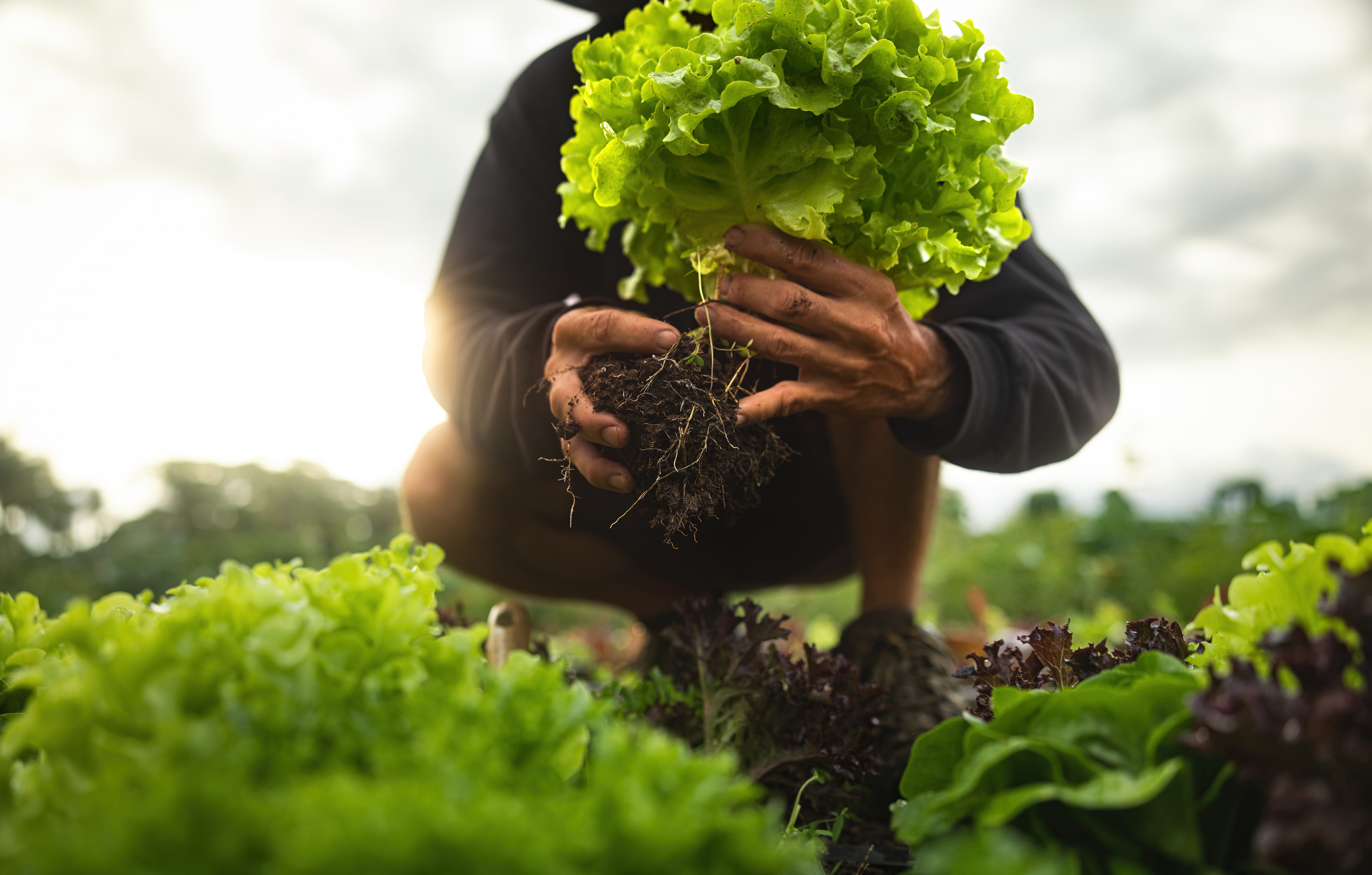
Root Vegetables
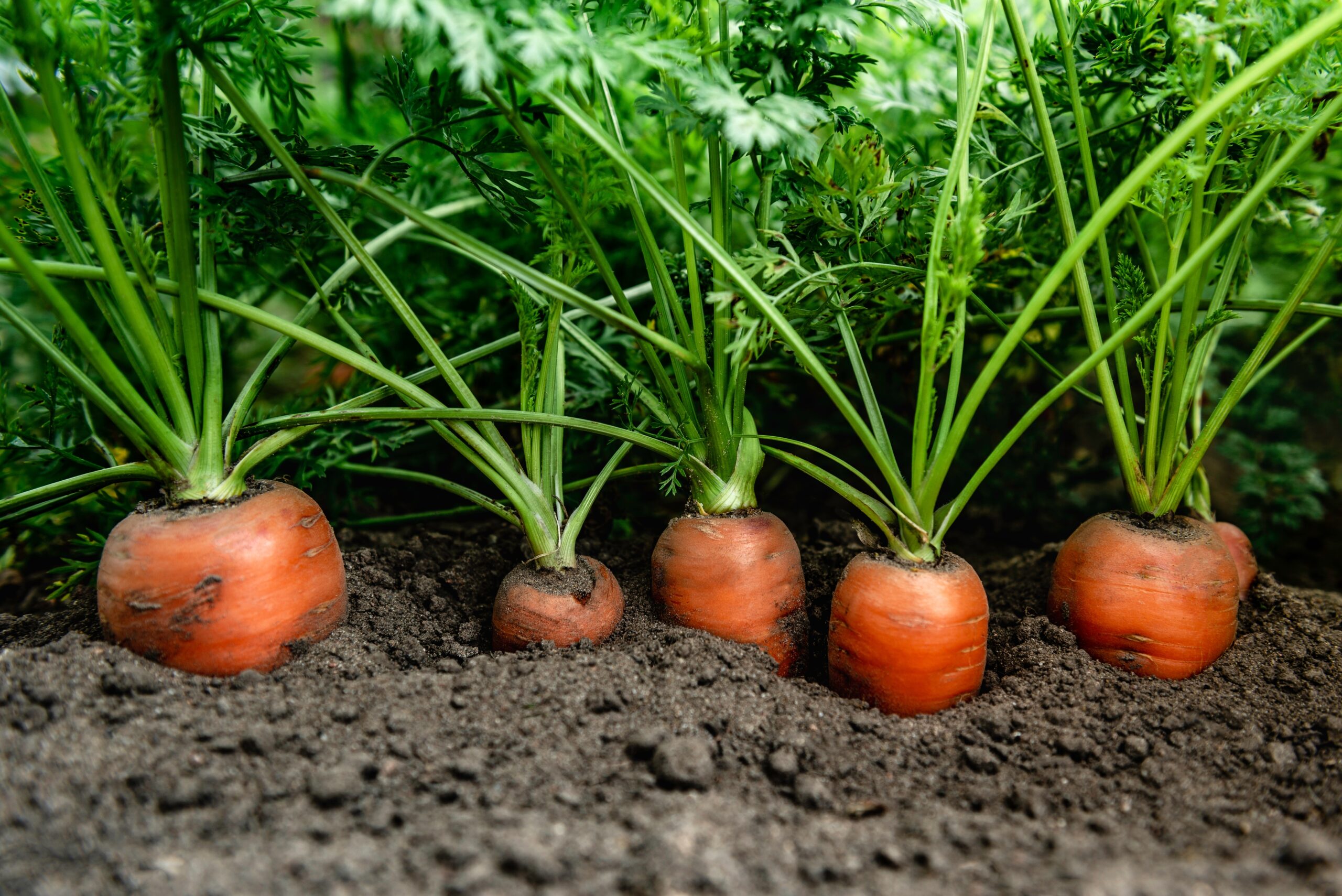
Herbs
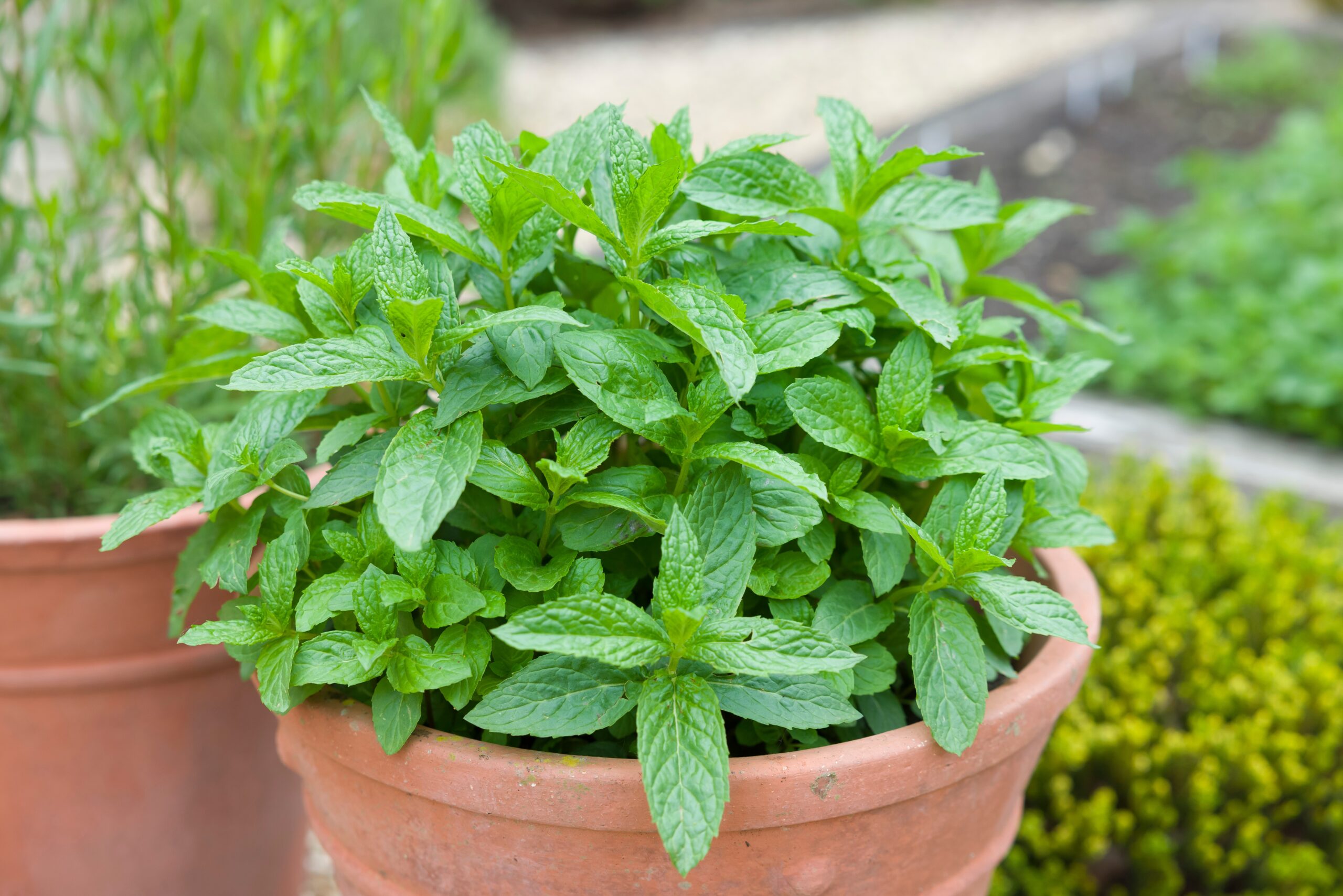
Rice

Tomatoes
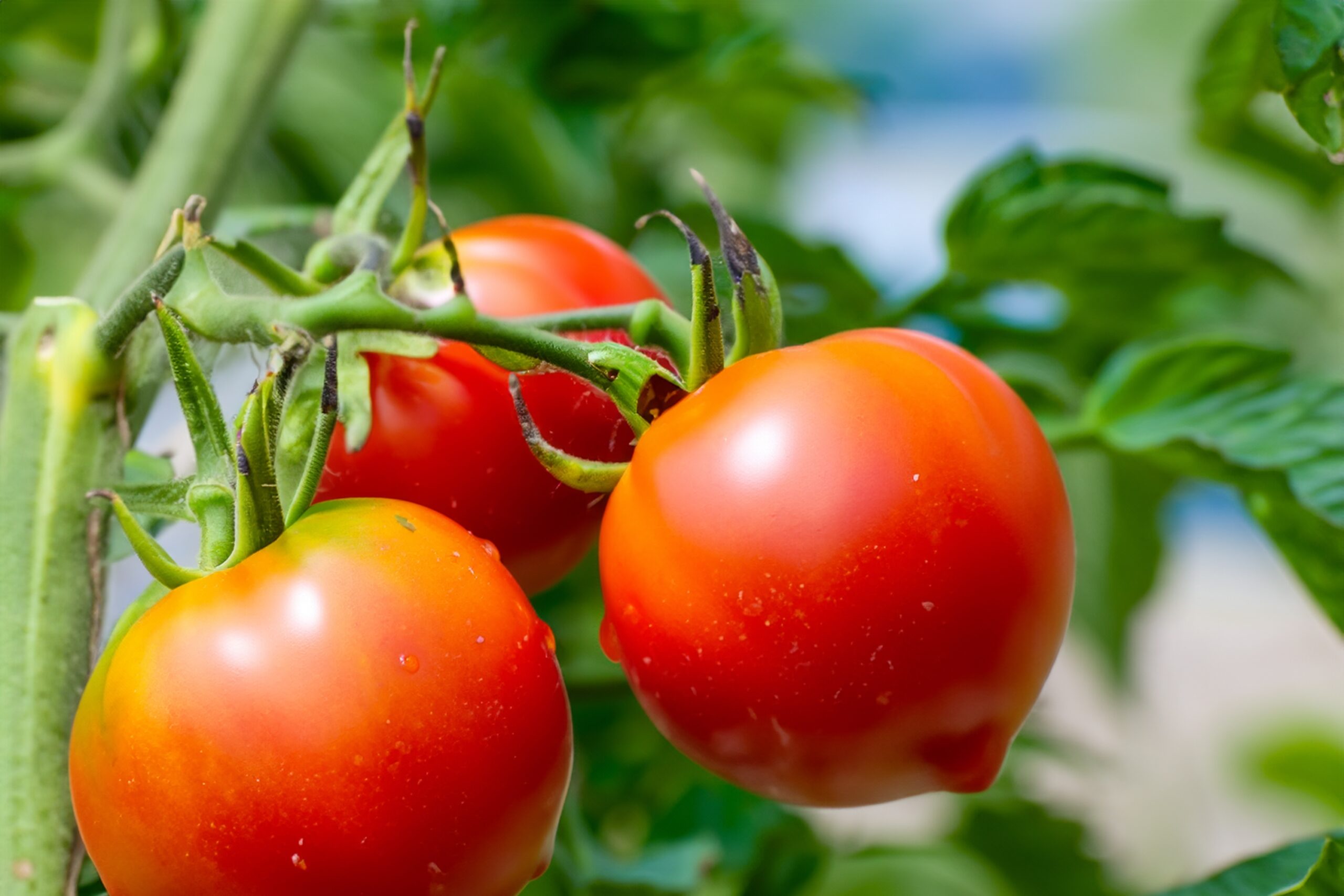
Okra:
This versatile vegetable loves warm, wet conditions and is well-suited for the rainy season. Okra plants need well-drained soil and plenty of sunshine to thrive. They can grow quite tall, so provide support if necessary. Harvest the pods when they are young and tender for the best flavor.
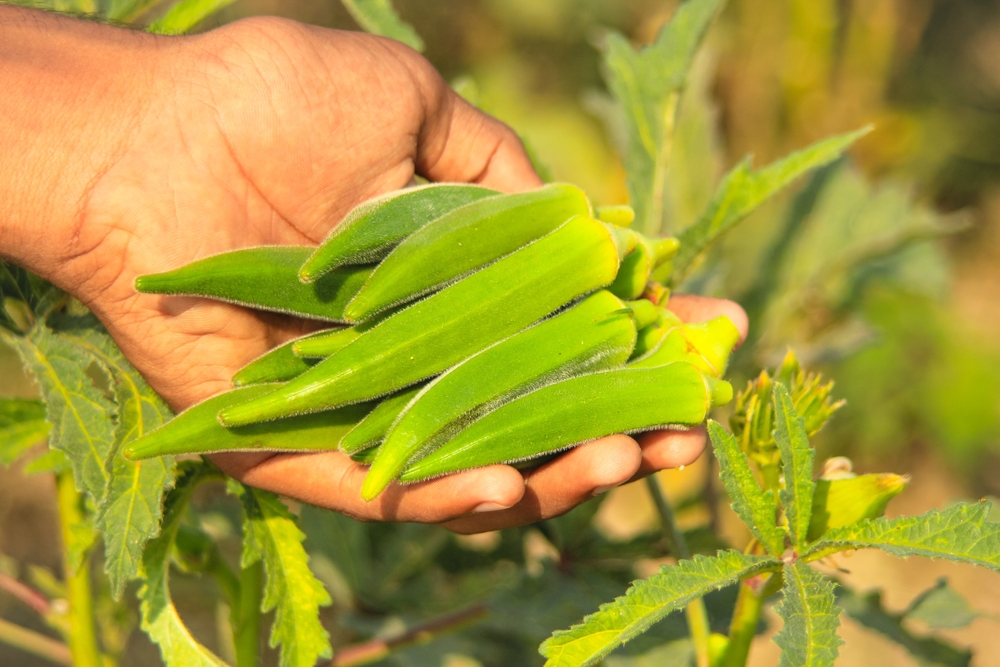
Cucumbers:

Eggplant:
Thriving in warm, moist conditions, eggplants are ideal for the rainy season. They prefer well-drained soil and full sun. Regular harvesting encourages continuous production. Provide support to prevent the branches from breaking under the weight of the fruit.
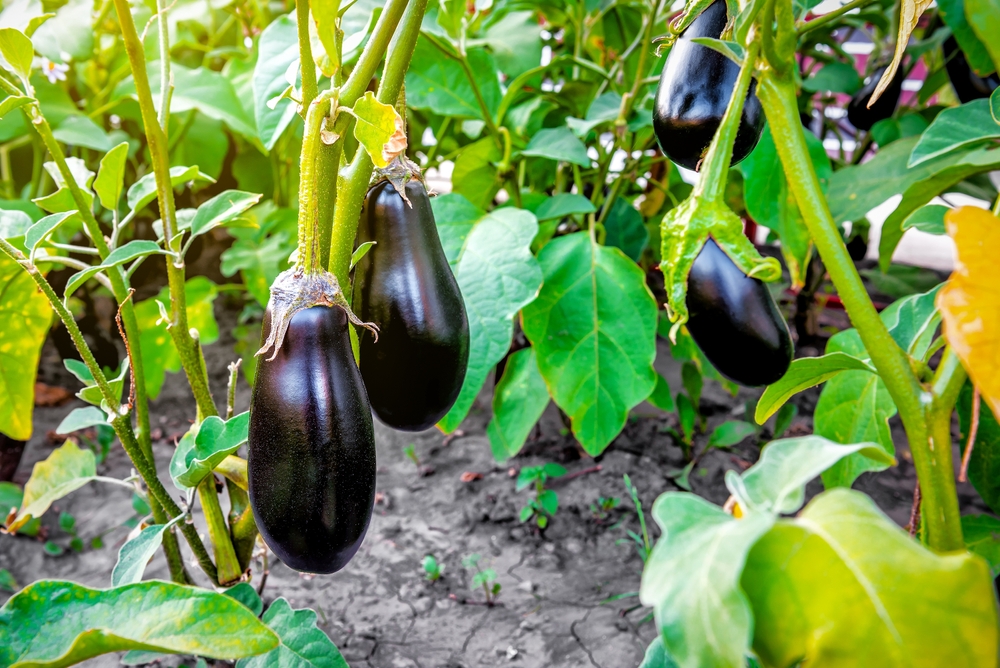
Green Beans:

- Soil Preparation: Before planting, amend your soil with organic matter like compost to improve its structure and drainage capabilities. Well-draining soil prevents waterlogging and provides roots with enough air.
- Pest Control: Increased moisture can attract pests like slugs and snails. Use organic pest control methods, such as diatomaceous earth or copper tape, to protect your crops.
- Disease Management: Wet conditions can lead to fungal diseases. Ensure proper spacing between plants for good air circulation and consider using organic fungicides if necessary.
- Water Management: While rain provides natural irrigation, be mindful of periods of excessive rainfall. Implementing a rainwater harvesting system can help manage excess water and store it for drier periods.
- Crop Rotation: Rotate your crops each season to prevent soil depletion and reduce the risk of disease buildup.
By choosing the right crops and following these tips, you can enjoy a productive and rewarding gardening season. Embrace the rainy season and transform your garden into a lush, thriving oasis.








